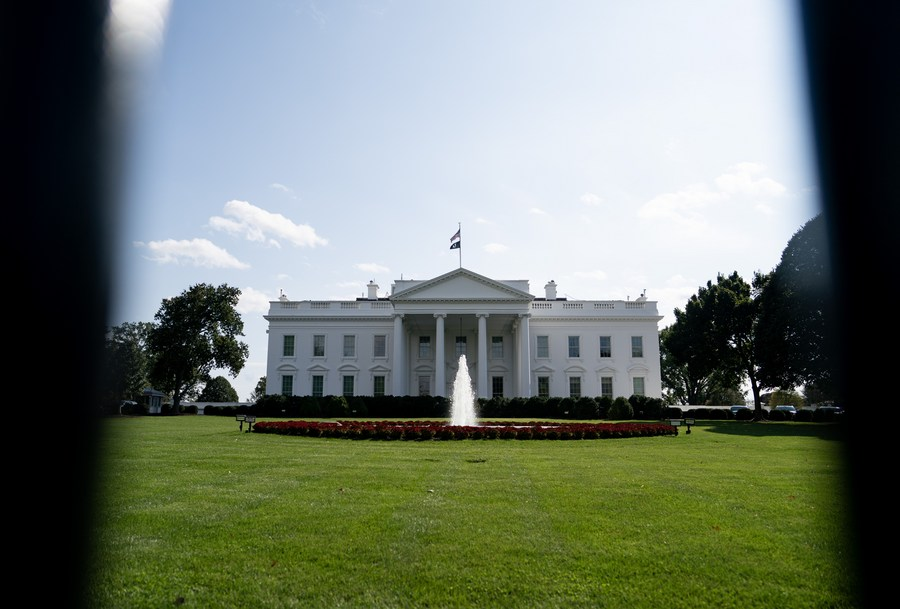U.S. budget deficit totaled 1.7 trillion U.S. dollars in fiscal year 2023, which ended on Sept. 30, as interest rates have been surging, the Congressional Budget Office (CBO) said in its Monthly Budget Review on Tuesday.

After adjusting for the enactment and reversal of President Joe Biden’s student debt cancellation plan and timing shifts, the deficit more than doubled between fiscal year 2022 and fiscal year 2023, from 0.9 trillion dollars to 2 trillion dollars, according to CBO estimates.
That increase, the CBO said, resulted from a combination of lower revenues and higher outlays, “mostly for major mandatory programs and for payments of interest on the debt.”
Outlays for the largest mandatory spending programs, including Social Security, Medicare and Medicaid, increased by a total of 285 billion dollars, or 11 percent.
Net outlays for interest on the public debt rose by 177 billion dollars, or 33 percent, mainly because interest rates were significantly higher than they were in fiscal year 2022.
Interest rates on U.S. Treasury securities have been surging, with the rate on the ten-year Treasury note closing above 4.7 percent last week — levels not seen since 2007.
“After declining in recent years due to the pandemic ending, the deficit is now back on the rise,” Maya MacGuineas, president of the Committee for a Responsible Federal Budget, said in a statement.
“At a time when the economy is growing and unemployment remains near historic lows, this should have been a time to reduce deficits in order to help us better prepare to respond to future economic downturns or foreign crises,” she said.
MacGuineas noted that with deficits doubling, interest rates surging, major trust funds on course to be exhausted in a decade, and new security threats emerging, “it’s time to address the debt.”